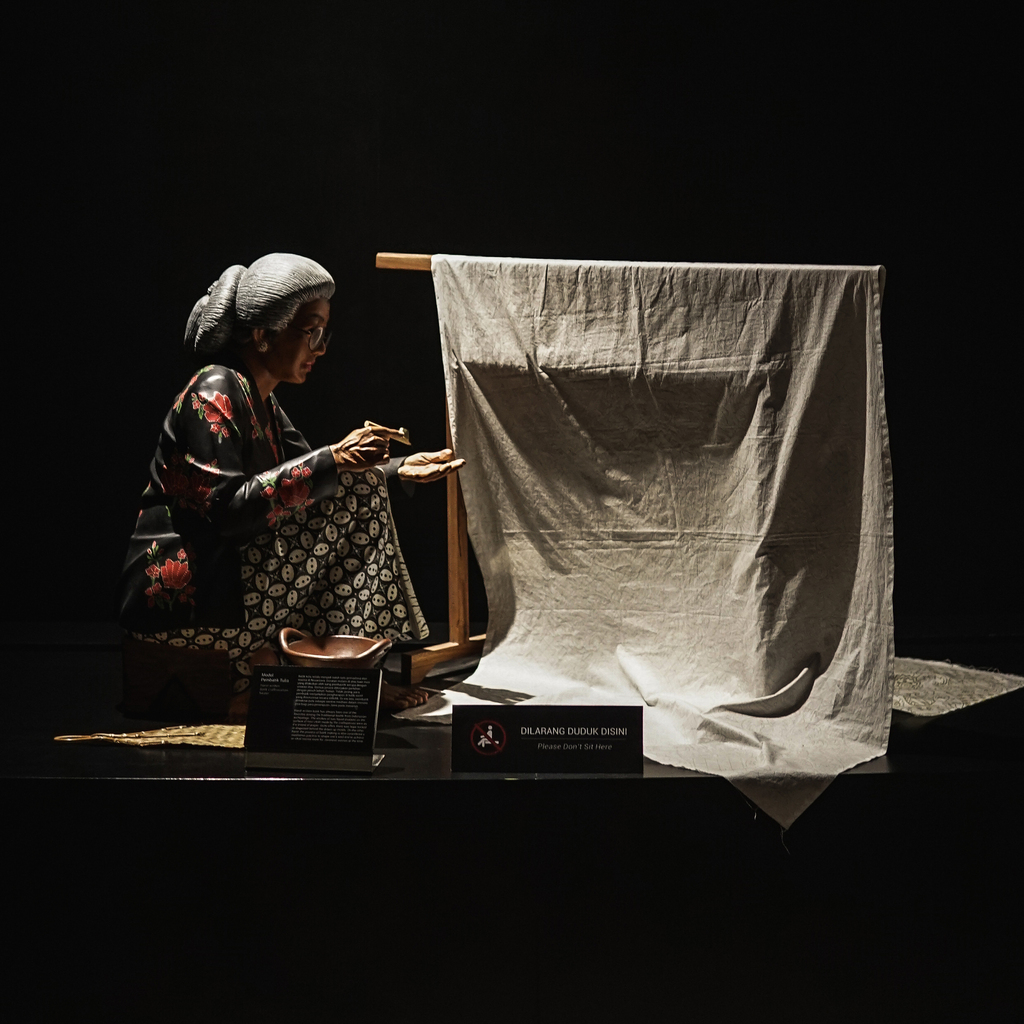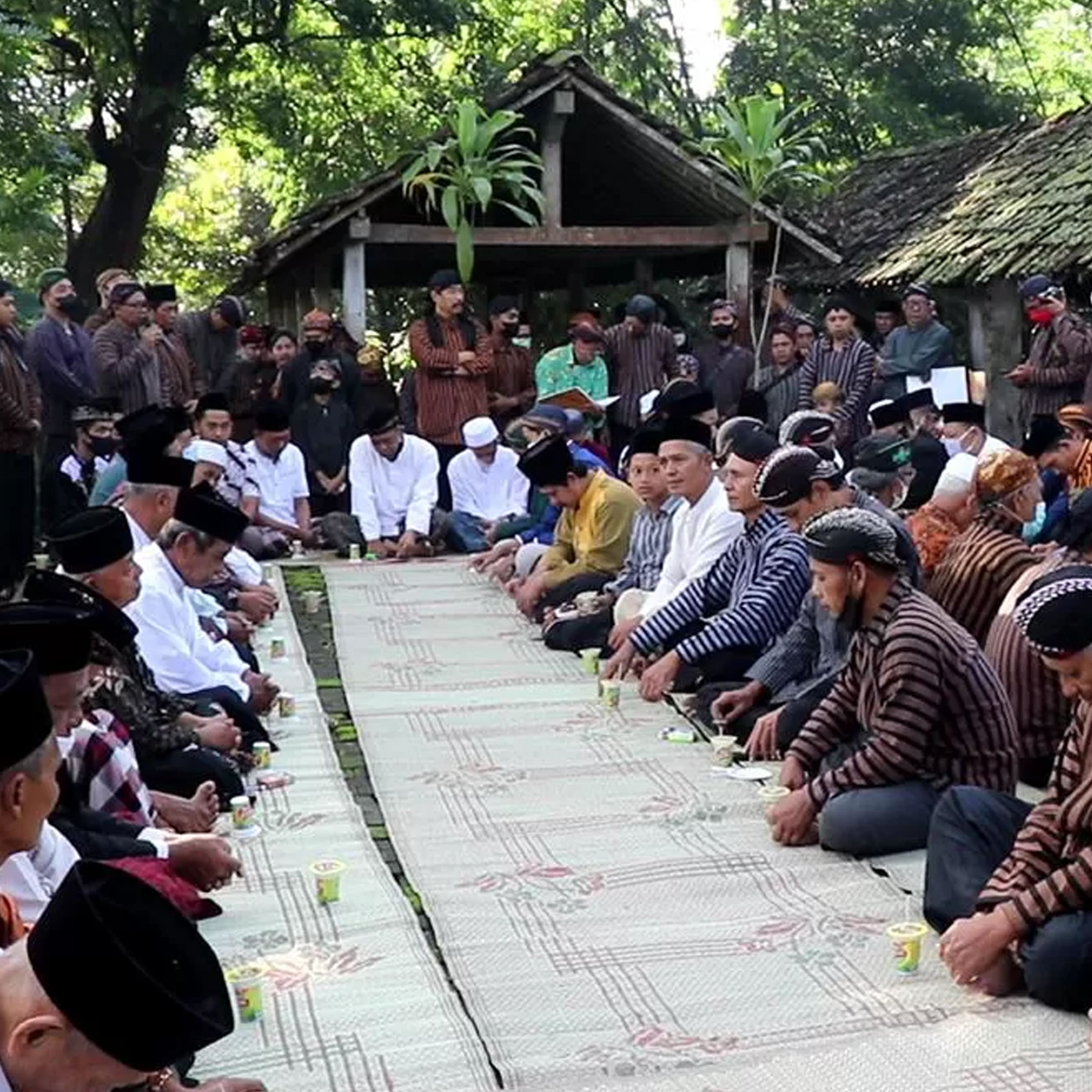News
Old Markets, New Stories: 5 Ancient Markets in Yogyakarta That Still Thrive Today
Yogyakarta isn’t just special because of its palaces or its sweet-as-first-love gudeg. What really keeps the city’s soul alive is something simpler, more grounded: its traditional markets. Some of these places are so old, they’ve seen more history than the textbooks ever will. They were already bustling long before Indonesia became a country. Here are five of the oldest markets in Yogyakarta—still lively, still full of stories.
1. Pasar Legi Kotagede: Shopping Since the 1500s
This market isn’t just old—it’s ancient. Established in 1549 by Ki Ageng Pamanahan, Pasar Legi existed even before the Islamic Mataram Kingdom was founded. Back then, it was called Sargedhe or Pasar Gede, and it was already the heart of economic life in Kotagede. Imagine buying veggies in the same spot where people once talked politics and philosophy centuries ago. Today, the market still buzzes with life and has become both a place to shop and a living piece of history.
2. Pasar Beringharjo: From Forest to Trading Powerhouse
If you haven’t been to Beringharjo, have you really been to Jogja? Right at the end of Malioboro Street, this market has been the city’s economic epicenter since 1758—the same year the Yogyakarta Palace was built. Once just a forest of banyan trees (beringin), it officially became “Beringharjo” in 1929. These days, it’s the go-to place for batik, traditional snacks, herbal remedies, and overhearing the most colorful market banter you’ll ever find.
3. Pasar Ngasem: From Lake to Legacy
Back in 1809, during the reign of Sultan Hamengku Buwono II, Pasar Ngasem was born. What’s wild is that the market sits on what used to be a lake. It later became famous as Yogyakarta’s oldest bird market. Though the bird vendors moved out in 2010, the space remains alive—hosting art and cultural events and still whispering old stories through its alleys. It’s a good place for reflection, especially if you bring a cup of coffee and an open heart.
4. Pasar Kranggan: A History Book Near the Tugu Monument
Located just a stone’s throw from Yogyakarta’s iconic white monument, Tugu Pal Putih, Pasar Kranggan dates back to the 19th century. Its name comes from Tumenggung Rangga Prawirasantika, who founded the market. Today, it’s a lively place where you can find everything from fresh produce to spicy street gossip. It’s like Jogja’s own version of a real-life explore page: vibrant, unpredictable, and very human.
5. Pasar Gamping: 24-Hour Market That Never Sleeps
Sleman’s pride, Pasar Gamping, predates the split of the Mataram Kingdom. Back in the day, it served as a stopover for traders from across Java. Now, it has transformed into a major wholesale market that never closes—literally, it runs 24/7. Whether it's 3 a.m. or 3 p.m., Pasar Gamping hums with activity. If you ever wonder what “Jogja never sleeps” looks like in practice, this is it.
These aren’t just places to buy things. They’re living museums, full of unwritten stories and everyday rituals that quietly shape the soul of the city. The next time you step into one of these markets, take a second to really look around. Breathe in the smells, listen to the rhythm, and feel the pulse—because that’s where the real Yogyakarta lives.




